History in a kind of pancake - or flatbread, maybe even chips
- rosemary
- Sep 9, 2023
- 6 min read
Cecina, Asfrisciolata, Socca, Turta, Turtellassu, Fainá, Torta di ceci, Calentita, Panisse, Panelle, Pizza a caballo ... so many names for sort of the same thing.
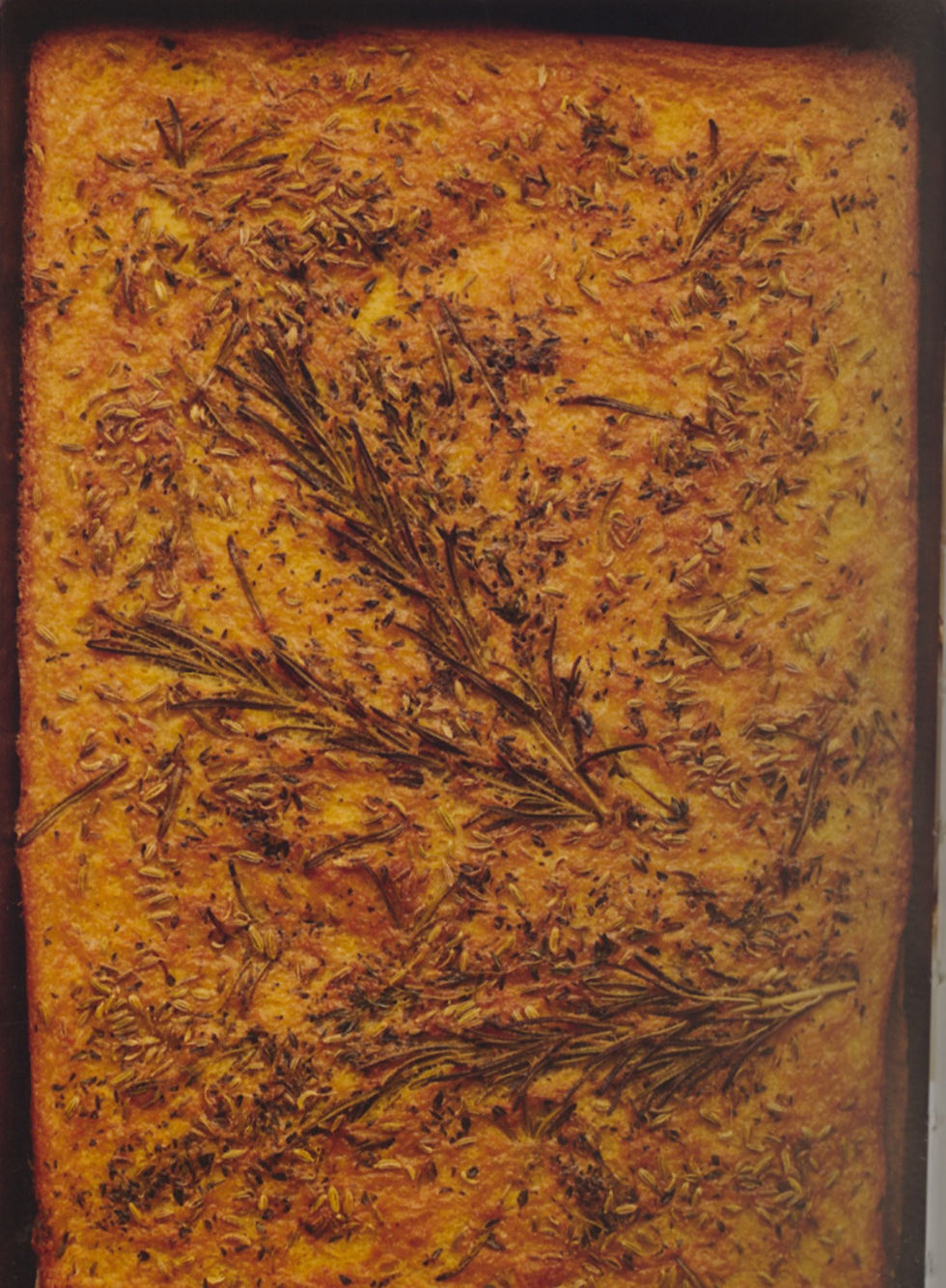
Remember those jammy onions from Ottolenghi that I mentioned in passing yesterday? Well this was what they were supposed to be served with - Rosemary and thyme farinata. It looks very much like a focaccia don't you think, and it sort of is, but it's made from a batter rather than a dough, and that batter is made with chick pea flour, a substance that Rachel Roddy describes with her usual flair:
"It smells like chickpeas and grass stems, both of which are exaggerated when it meets water. Often involved in the most satisfying recipes is an ordinary miracle, usually accompanied by an inevitable moment of doubt. The batter is far too thin, you will think; nothing good will come of this … But have faith." Rachel Roddy
That last comment is repeated by Daniel Gritzer of Serious Eats, but he also tells us why, when he first encountered farinata he really did not have faith:
"The first time I tried the Italian chickpea pancake known as farinata, I was completely stumped as to why anyone would want to eat such a thing. It was dense and dry and totally unpalatable. The second and third times I tried it, one of them again in the United States and the other in Italy from a vendor at a market in Turin, it was just as bad. After three terrible experiences, I concluded that farinata was a total waste of time, and decided to never go out of my way to eat it again."
Then he was taken to a specialist maker of farinata in the town of Acqua Terme in Piedmont where he saw this man make the farinata that converted him. I don't know if the recipe that he then gives us for the dish is from this man, but the results look pretty good too:
The fundamental ingredients are just chickpea flour - which we can now purchase from our local supermarket, olive oil, water and salt. The rosemary is a common addition.
But what about history and all those names at the top of the page? Well the names are dependent on where you are - and that doesn't just mean in Italy. It can be many different coastal parts of Italy - all the way from the French border down to Sicily, and also in Gibralter which apparently has a large immigrant Italian population, and of course the French Riviera which used to be ruled by the same people as Piedmont, and which still has a distinctly Italian influence to it.
There are two rather lovely origin stories that I found, other than the usual thing of traders and colonisers - Phoenicians, Arabs, Romans, Greeks ... taking it with them wherever they went. The first is that Roman soldiers made it by making a paste out of the chickpea flour they were given for rations, and water with a little bit of olive oil, flattened on their shields and cooked over a fire. Or:
"it ... is said to have been invented in August of 1284, when the Republic of Genoa defeated Pisa in the battle of Meloria in the Ligurian Sea.
On their way back home, the Genoese ships were hit by a tempest, and some of the olive oil and chickpea flour barrels broke, they were mixed together, then moistened by salty sea water. After the tempest, realizing they didn’t have anything else to eat, the sailors put this mixture to dry in the sun and consumed it." Taste Atlas
So there's a little bit of history (and a very specific date for one of the origin stories) - some of which could be pursued much further.
Nowadays everyone is getting into it, and doing that very modern thing - putting things on top and adding things to the mixture. Here are three examples: Ligurian farinata with red onion and lots of black pepper from Claire Thompson; Spiced garlic farinata with whipped butterbeans and cream cheese - another version from Ottolenghi; Incredible farinata from Jamie Oliver and Farinata, balsamic onions and asparagus from Meera Sodha - the most loaded one of the lot - although Rachel Roddy too had a couple of other versions with various cooked vegetables on top.
And over in France, specifically in Nice, it is called socca and is a popular street food with another story (not quite an origin story but historical nonetheless) - this time from Robert Carrier who tells us
"the socca vendors used to wheel this satisfying mid-morning snack from building site to building site in small zinc-hooded carts, keeping warm over charcoal braziers."
When was this? Zinc-hooded - why zinc? So many questions.

And just to illustrate how very similar indeed are socca and farinata Jamie Oliver also has a recipe that he calls Socca with caramelised onions - the same caramelised onions - well not quite the same - the same concept anyway - as the ones that Ottolenghi suggests serving with his farinata.
Maybe the main difference between the socca and the farinata is the cooking method. Socca - at least the street version seems to be baked on top of a fire - is that fried?, rather than baked in an oven like pizza.
As to the cooking of farinata I will make two comments. One - it does seem as if it is best to make the batter the night before and leave it in the fridge to rest - 4 hours seems to be the minimum resting time, so I suppose you could make it in the morning. The other thing is that the Serious Eats guy said that the batter would develop a sort of scum or skin, which you should skim off, but nobody else mentioned this. Mind you others seem to cover the batter with a plate, or gladwrap which might stop the scum forming.
Then there are other little bits of history, that I picked up here and there. Farinata as sort of junk food for example. Rachel Roddy gives us a recipe for Torte de ceci - a Sicilian way of serving farinata, although a rather thinner farinata than the focaccia type. In Sicily it is cut into small pieces and then stuffed inside a bun - somewhat like a chip butty really. Her rather homely version on the left, and a more superior looking one on the right. I saw a couple of other versions which added things like tomato sauce so that the whole thing ended up looking more like a hamburger.
In her introduction which includes a whole lot of background information about Sicilian torte di ceci she tells us:
"the name may be torta di ceci, but the order is “5 e 5”, a name that dates back to a time and a price. That is cinque (five) lire of torta sandwiched in cinque lire of bread – the price has changed, but the habit hasn’t."
And - the last little piece of history - something I did not know - farinata is immensely popular in Argentina and Uraguay. Uruguay even has a national day for the dish. And this is because there were a lot of Italian immigrants to these two countries in the nineteenth century. I wonder why they chose to go there? I do realise that there was a significant Italian diaspora at that time, but I did not know that the destinations included South America.
In South America it seems they outdo the Sicilians when it comes to junk food, because the farinata is often put on top of pizza! Sometimes with a fried egg too. This dish is know as pizza a caballo (pizza on horseback):
The chips remind me of the time we holidayed in France with David's very English nephews who insisted on having a pizza with chips which they then sprinkled with vinegar. Completely mortifying. But obviously not in Uruguay.

And about those chips. Here we come to Panisse - Farinata's last variation. It's another Nice snack food. It's fundamentally the same ingredients. However this time they are prepared a bit like polenta - mixed in a saucepan with olive oil, water and salt. The batter then used to be poured into small saucers, and baked - so that you got that mark on the bottom, and which also meant that they were thicker than a socca which is more like a thickish pancake. However, now is the good - or bad part - depending on your views about healthy food. For the baked chick pea flour is then sliced into thick chips and fried. Well it's not always cut into chip shapes, sometimes it's triangles. Whatever you like really. Then do with them what you will - dip them into stuff, top with whatever you like - even sweet things or just crunch on them like chips. Here are three examples Panisse with yoghurt dip from Olive Magazine; a version from David Lebovitz and a last one Panisse (Panelle) from Perfectly Provence, the writer of which tells us that in Sicily they are called Panelle and usually cut into triangles. Somebody - Rachel Roddy? - says that these were introduced into Sicily in the 9th century by the Arabs.
I'm not sure whether I shall ever try this or not. Maybe if one gets fed up with focaccia it might be something to try instead. Although it would require forward planning. Not usually my forte.
However, it does absolutely reinforce that every bite of food you take has untold stories and centuries of history behind it. Spirits of adventure that continue to this day and into the future as these old, old dishes morph into something completely new, although not always, it has to be said, good.








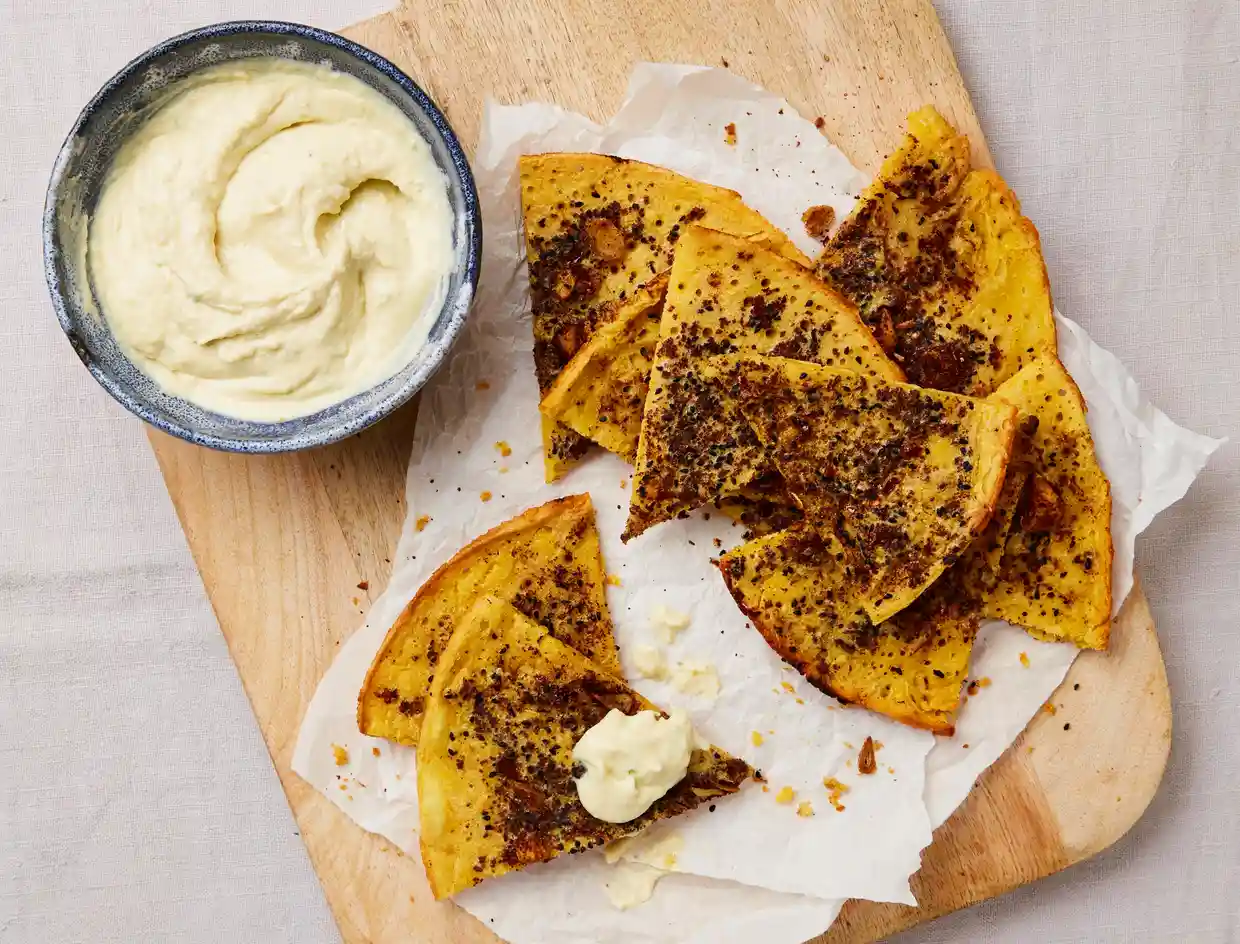


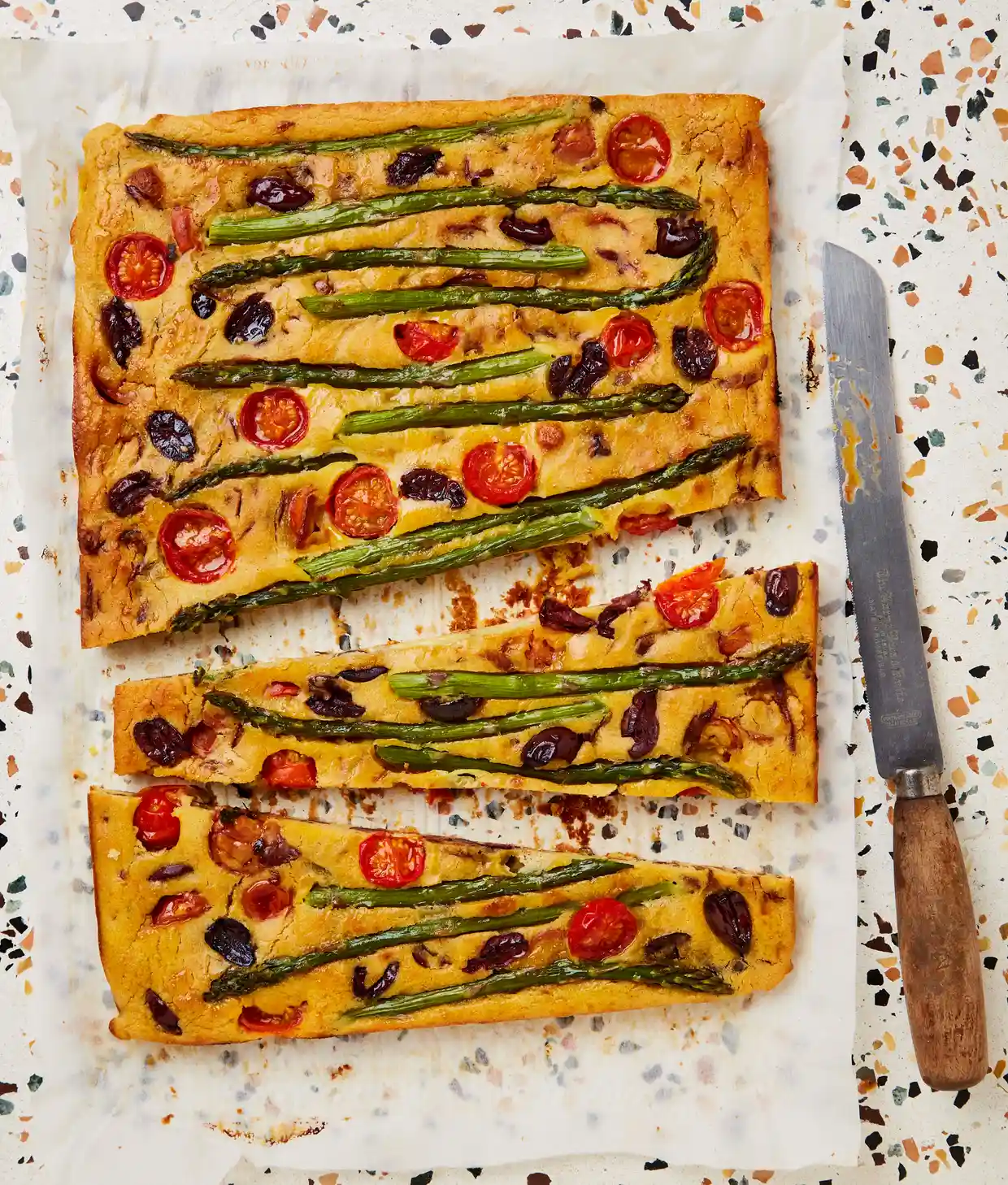
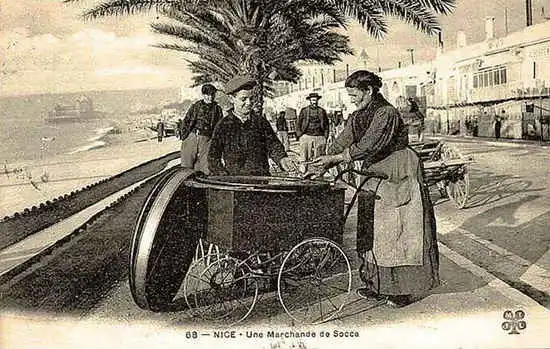




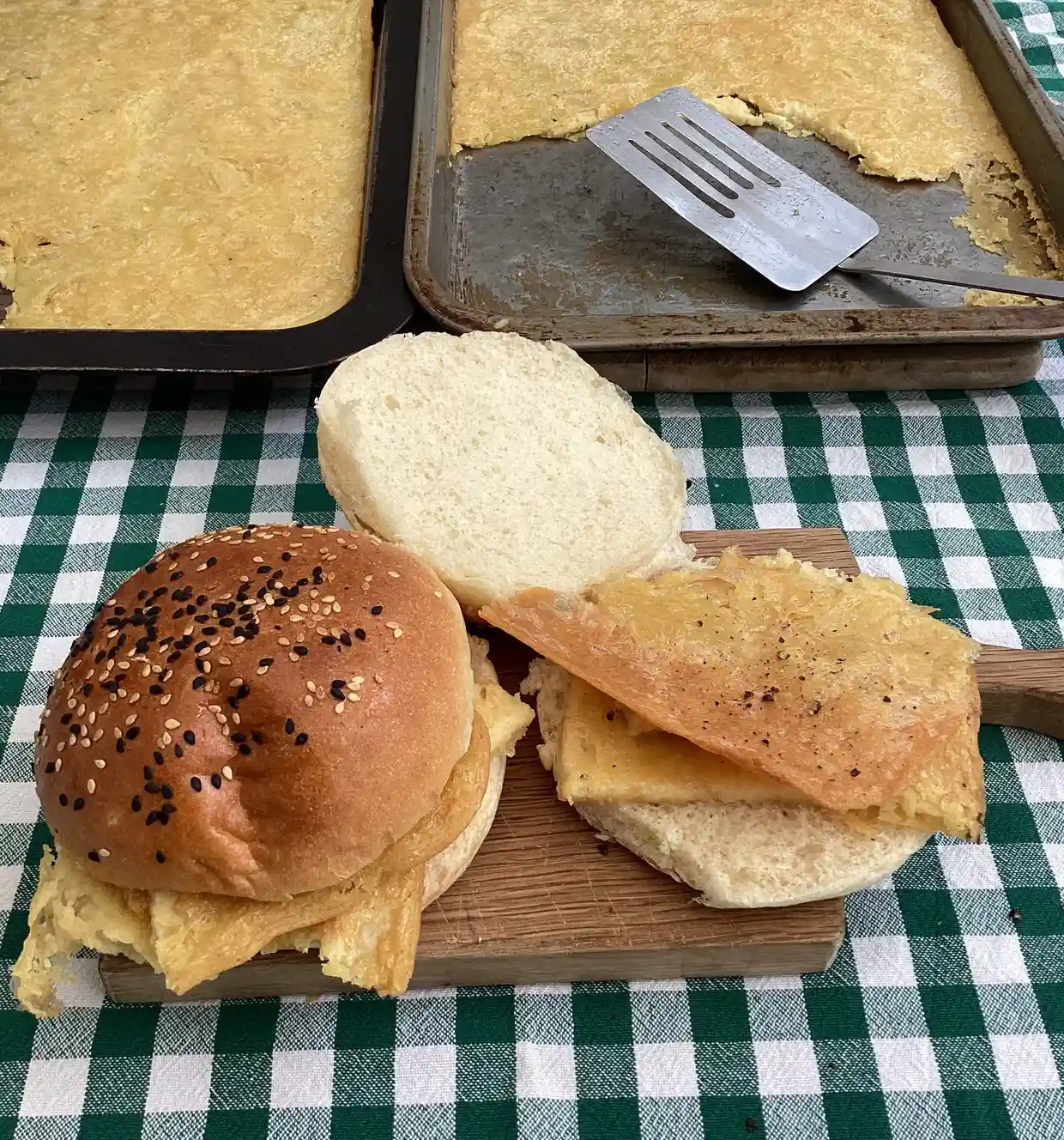






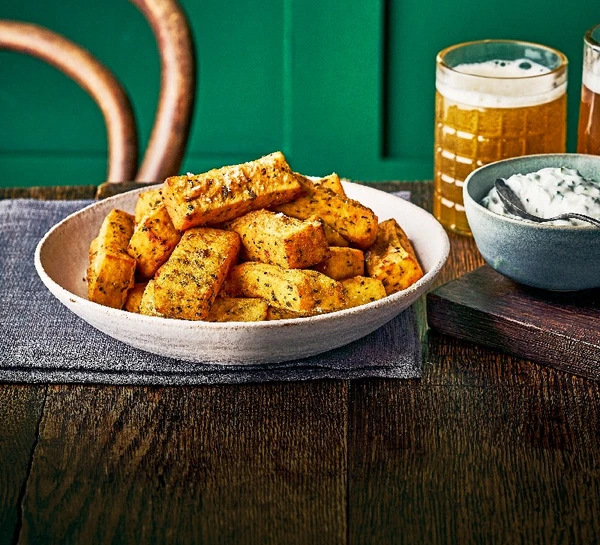


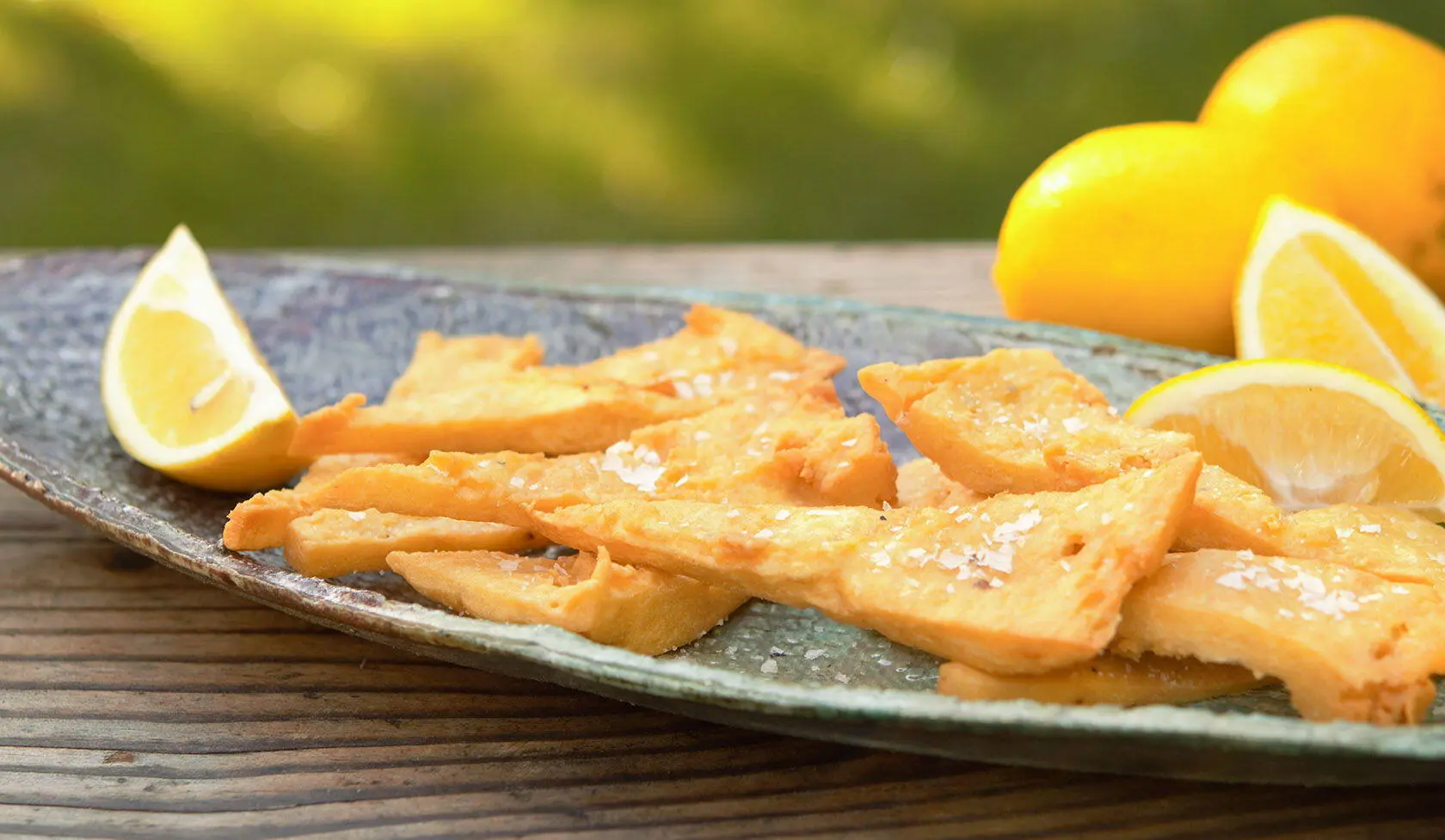
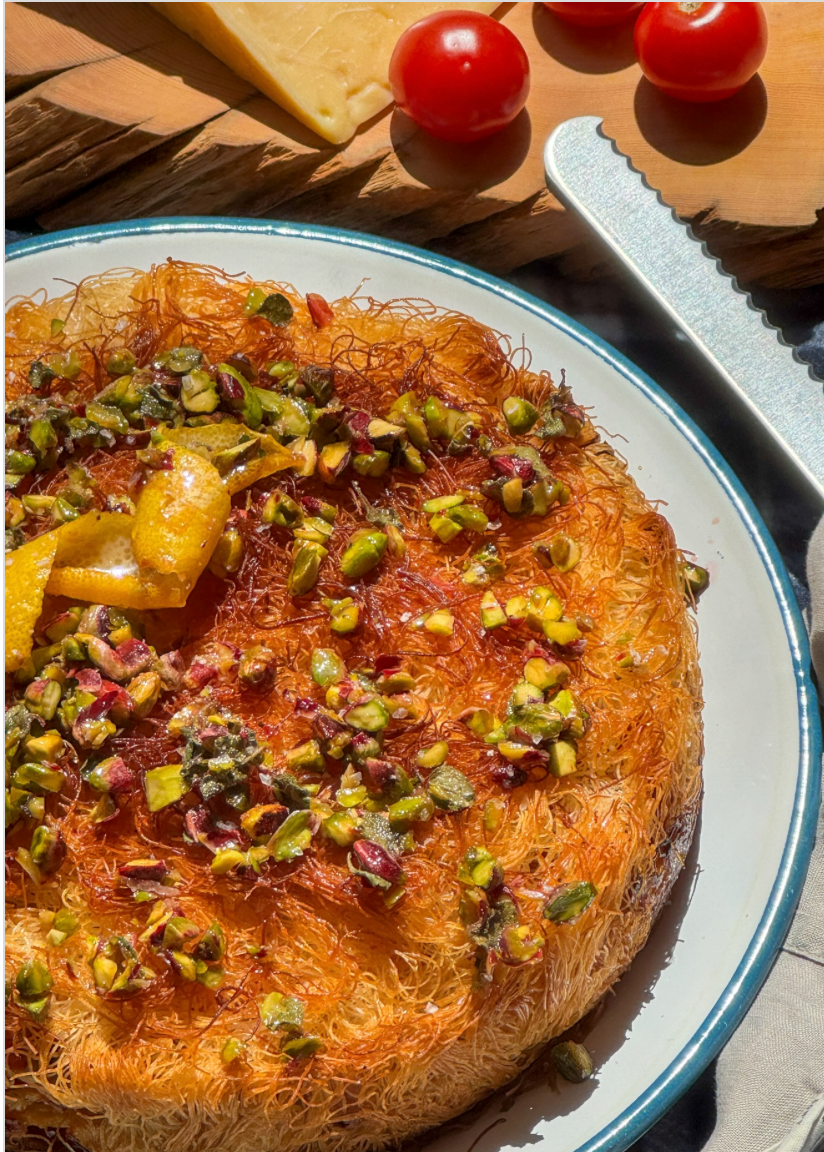


Comments